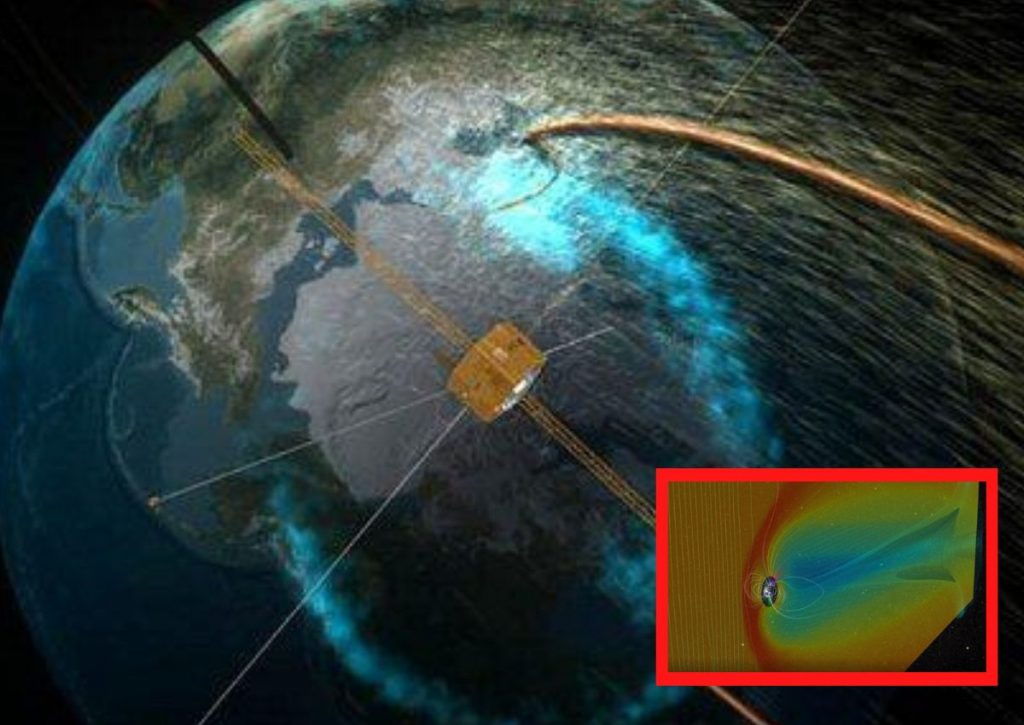A strange shock wave in a blast of the solar wind has unleashed a barrage of high-speed particles on Earth’s magnetic field, causing a fracture in the magnetosphere. According to spaceweather.com, the plasma barrage could cause a geomagnetic storm.
The shockwave’s origins aren’t exactly known, but scientists think it could have come from a coronal mass ejection launched by the sunspot AR3165, a fizzing region on the sun’s surface that released a flurry of at least eight solar flares on Dec. 14, causing a brief radio blackout over the Atlantic Ocean.
Geomagnetic storms occur when energetic solar debris (mostly consisting of electrons, protons, and alpha particles) gets absorbed by and subsequently compresses the Earth’s magnetic field. The solar particles zip through the atmosphere near the poles, where Earth’s protective magnetic field is weakest, and agitate oxygen and nitrogen molecules, causing them to release energy in the form of light to form colorful auroras such as the northern lights.
Thankfully, today’s potential storm, predicted to be a G-1, will be fairly weak. It may cause minor fluctuations in power grids and impair some satellite functions, including those for mobile devices and GPS systems.
More extreme geomagnetic storms, however, can have far more serious effects. They can not only warp our planet’s magnetic field powerfully enough to send satellites tumbling to Earth, but they can disrupt electrical systems and even cripple the internet. The upcoming storm is just the latest in a string of solar attacks fired at Earth as the sun ramps up into the most active phase of its roughly 11-year solar cycle.
Astronomers have known since 1775 that solar activity rises and falls in cycles, but recently, the sun has been more active than expected, with nearly double the number of sunspot appearances predicted by the National Oceanic and Atmospheric Administration.

